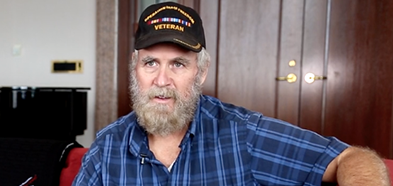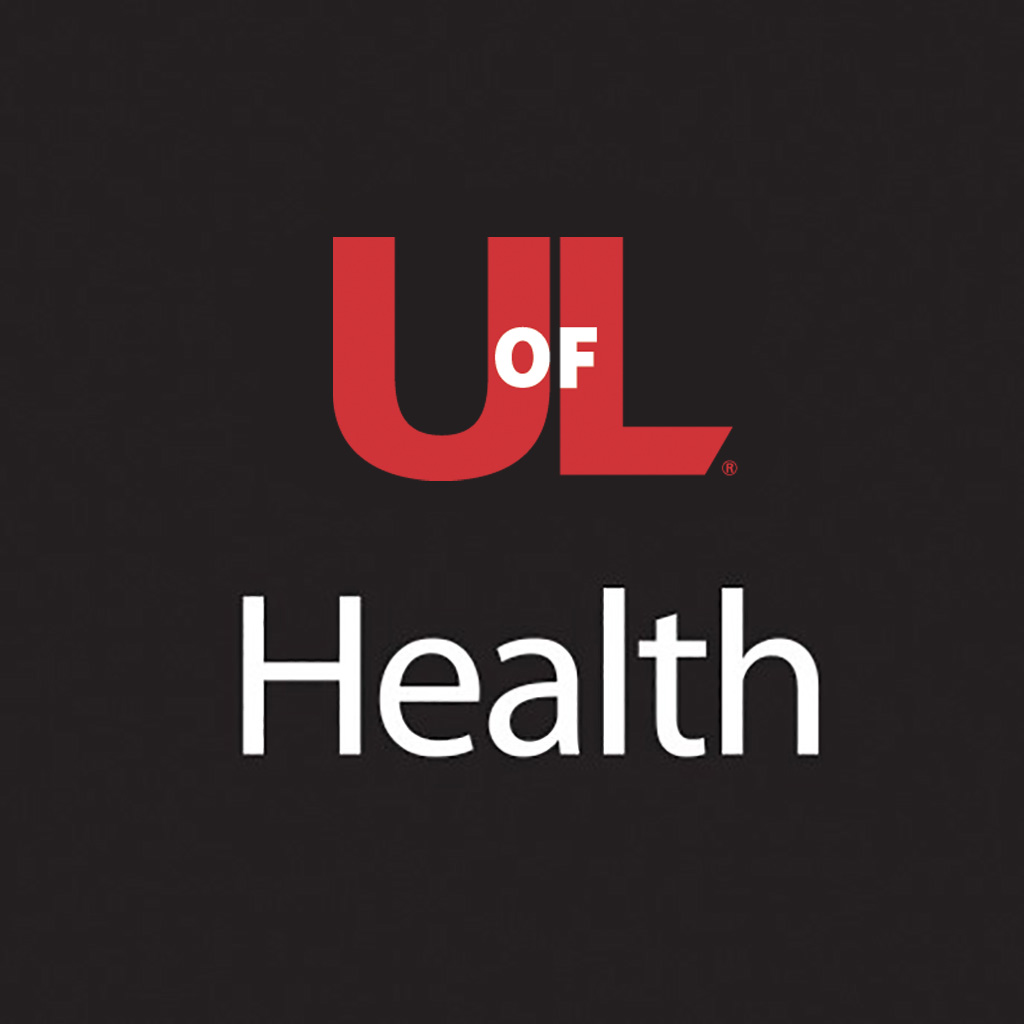
Stroke is a leading cause of death in Americans. Every 40 seconds, someone in the United States has a stroke; every three and a half minutes, someone dies from a stroke.
In 2020, one in six deaths from cardiovascular disease was from a stroke. These statistics are what makes it important to know the signs and symptoms of a stroke, and when to get to the hospital.
Phillip Campbell was working on a project at his house when he had a stroke. Campbell fell, got back up but ultimately realized something was wrong. He fell a total of four times and immediately planned to get to the hospital. The next thing he knew, he was being treated for a stroke.
“I never would have suspected to have a stroke at my age and at my level of health,” Campbell explained. “As you get older, the risk of stroke is higher, but that doesn’t mean it’s only going to happen to older people. Know what the signs and symptoms are and, if you’re having any symptoms, get to the nearest hospital as quick as possible.”
It is incredibly important to know the signs and symptoms of a stroke so that you can get treated as quickly as possible.
“You may think you’re the healthiest specimen out there and this could happen to you,” Campbell said. “And there may not be any way of predicting it. So be aware of what these symptoms are, don’t ignore any warning signs, keep yourself as healthy as you can and watch out for those around you as well that may be exhibiting some of these signs.”
It’s best to remember the following to recognize symptoms of a stroke:
BE FAST to Spot Signs of a Stroke
- Balance – Sudden loss of balance or coordination
- Eyes – Sudden trouble seeing or blurred vision
- Face – Sudden face drooping
- Arm – Sudden weakness or numbness of the arm or leg, especially on one side of the body
- Speech – Sudden confusion, trouble speaking or understanding speech
- Time – Time saved is brain saved; if you’re experiencing signs or symptoms of stroke, you or someone around you should call 911 for help
BE FAST was developed by Intermountain Healthcare, as an adaptation of the FAST model implemented by the American Stroke Association.
Reproduced with permission from Intermountain Healthcare. © 2011 Intermountain Healthcare. All rights reserved.
When it comes to recovery from a stroke, Campbell says it has been better than expected.
“It began with activities of daily living like getting dressed. And the first chore that I had to do was tie my own shoes. And my fingers wouldn’t work or anything. I could hold on to things by the time I was done because I mean they worked that specifically. The other thing was just walking in general. I went from going to physical therapy in a wheelchair to going to physical therapy with a walker to going to physical therapy with a cane.”
Recovery can continue for months or even years after a stroke. The sooner you begin rehabilitation, the more likely it is that you will regain lost skills and capabilities.
“The beautiful thing is, even though you may not always be exactly who you were before the stroke, the new you – in some ways – might even be better. There’s a lot to be learned and gained from that,” Campbell said.
Stroke is a medical emergency. If you recognize the signs of a stroke in you or someone else, call 911 immediately.








